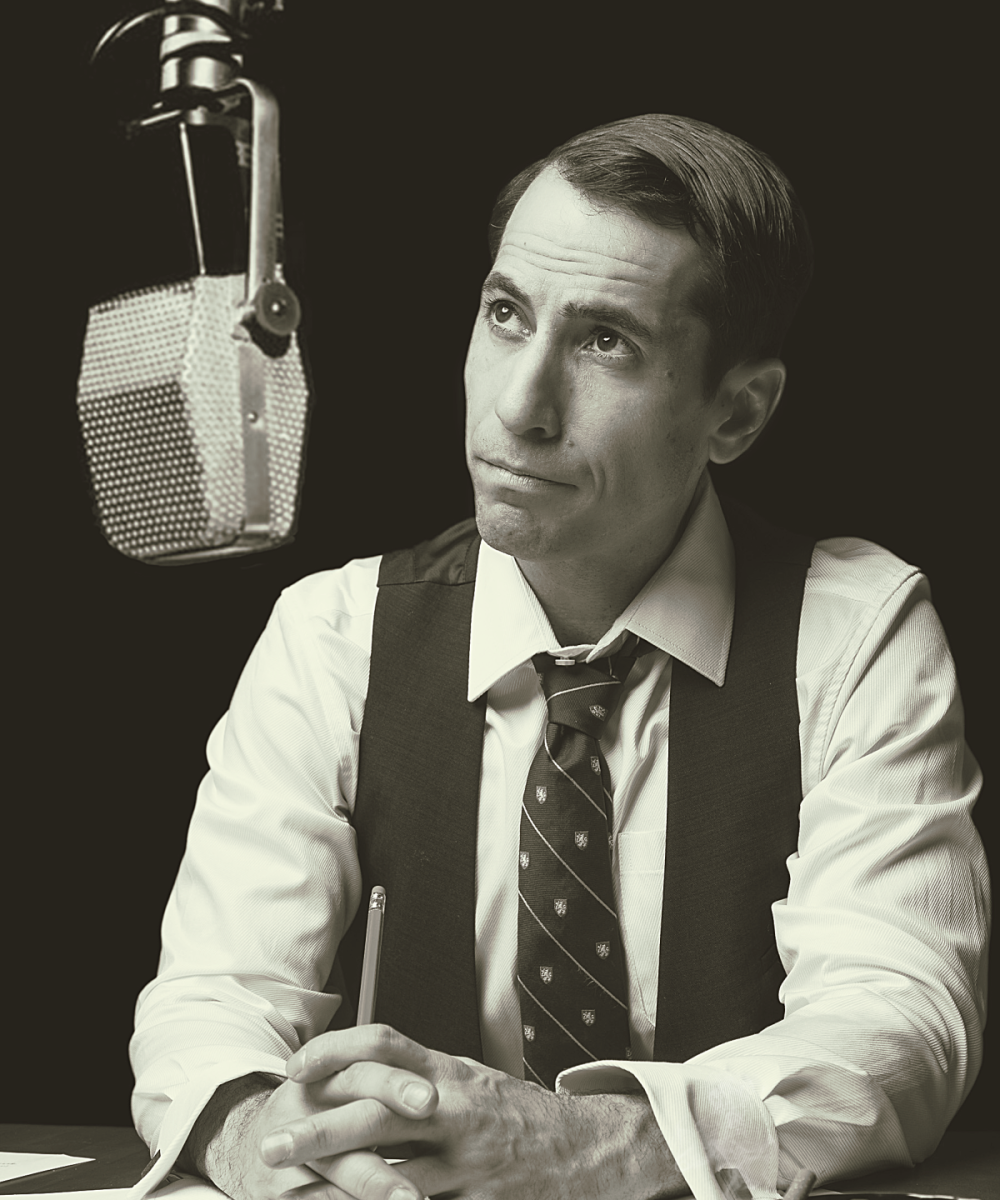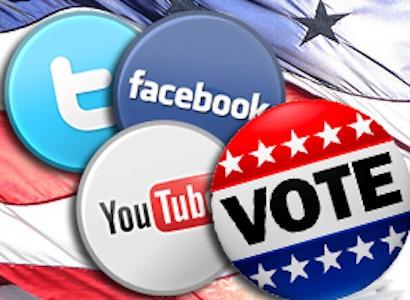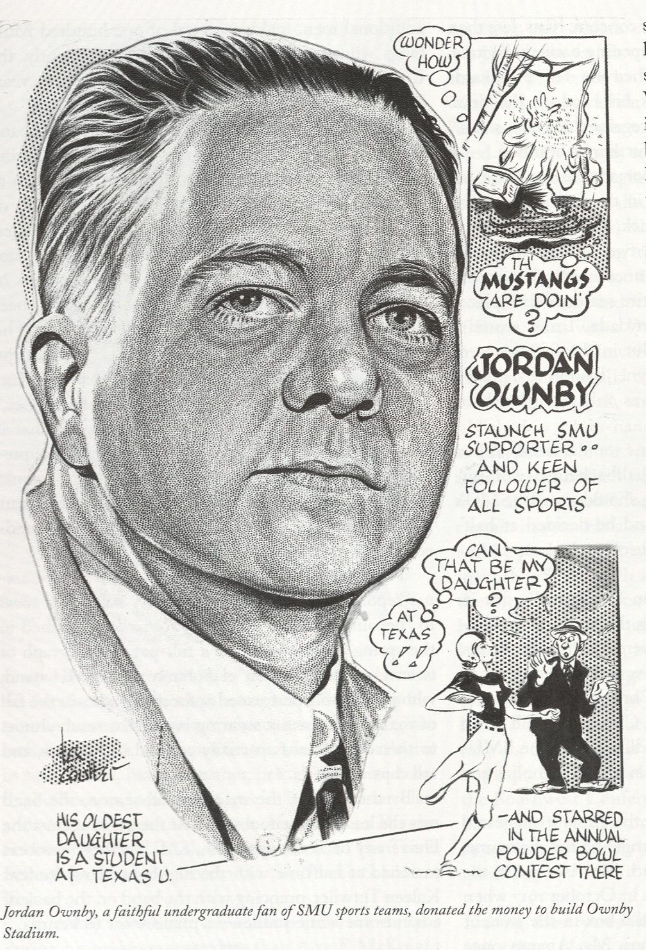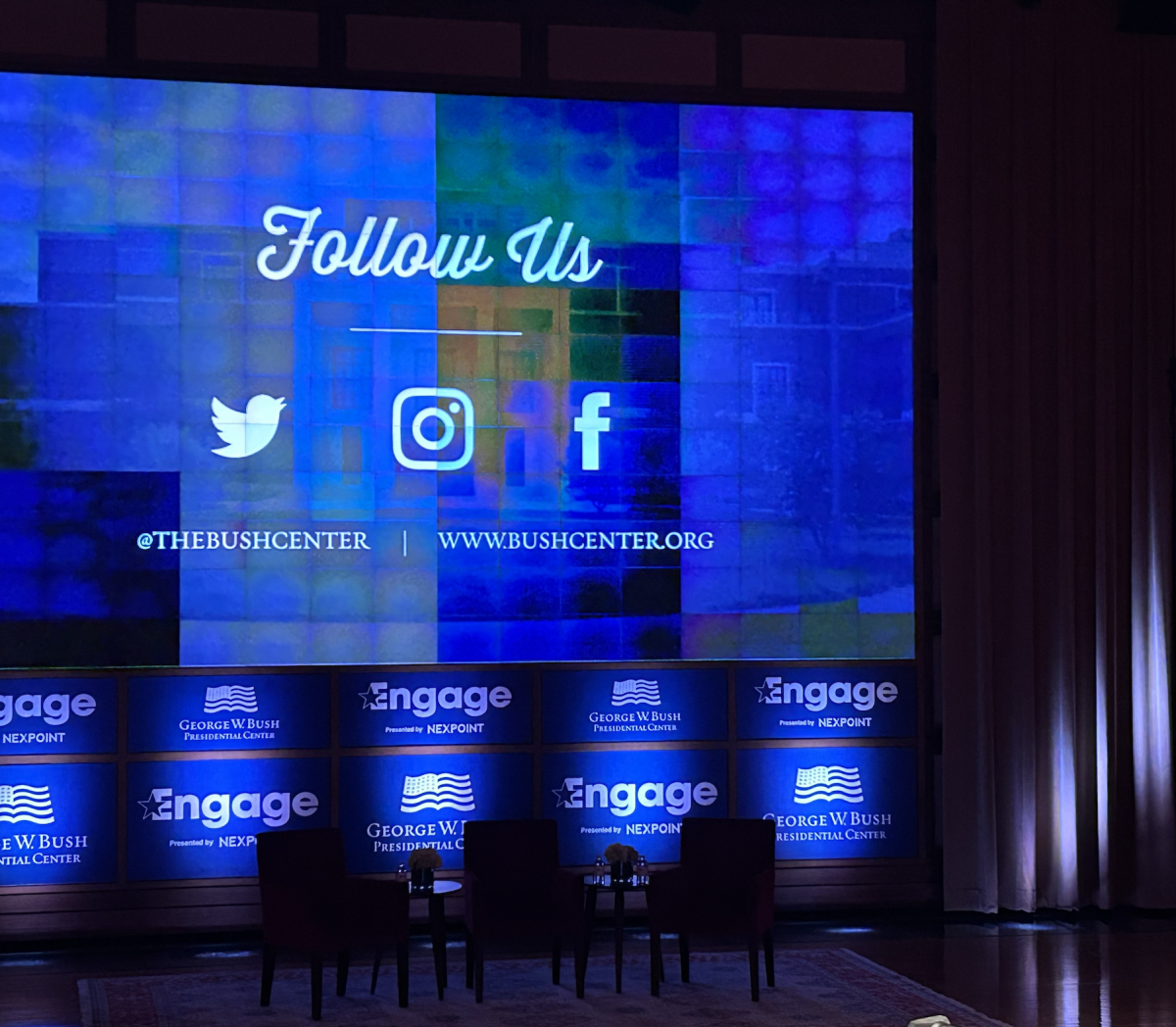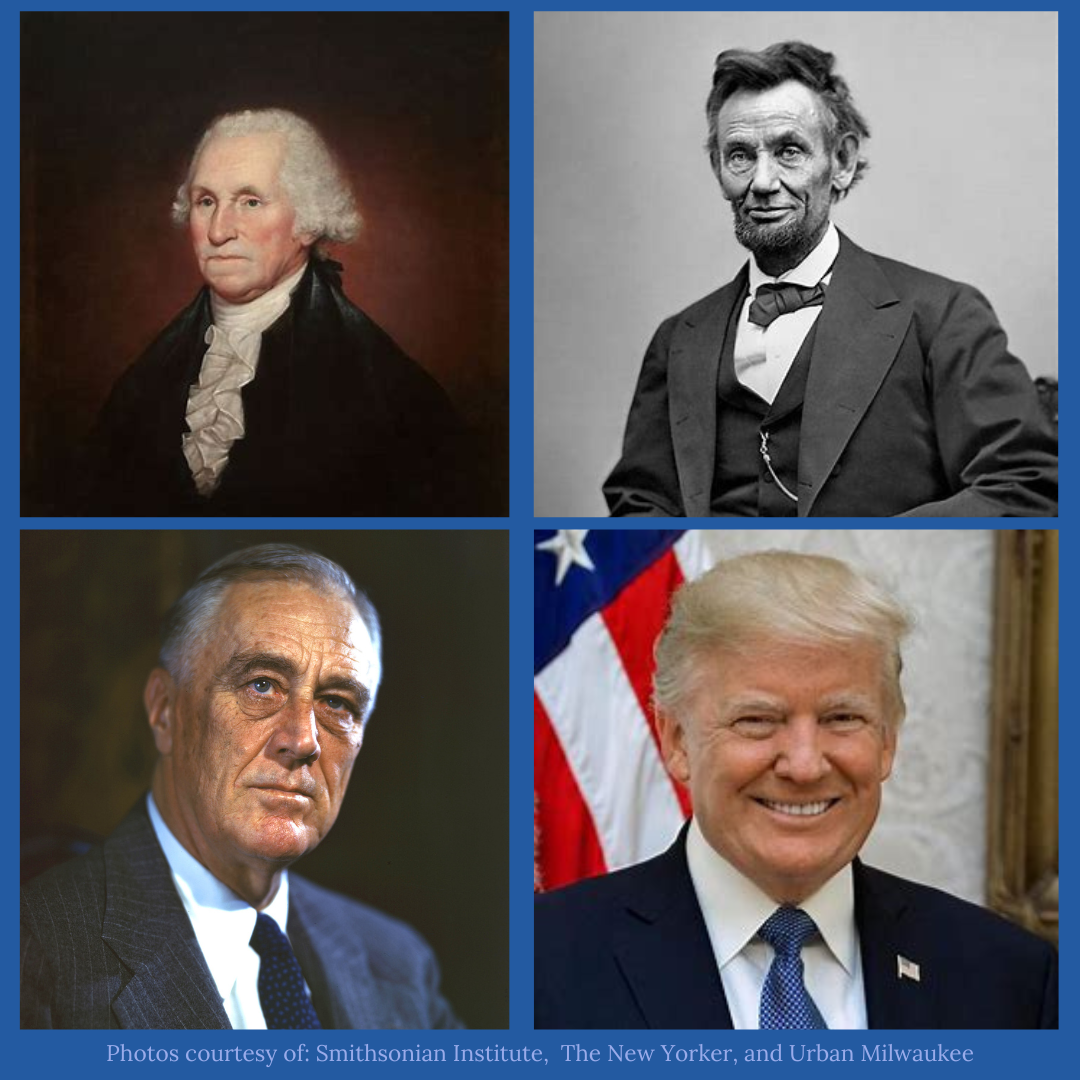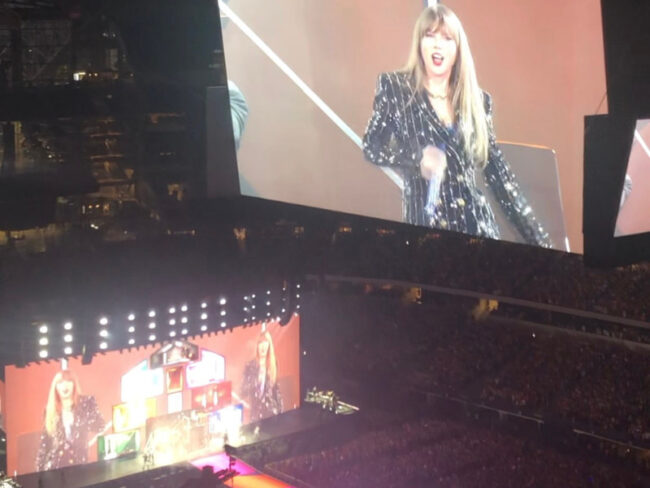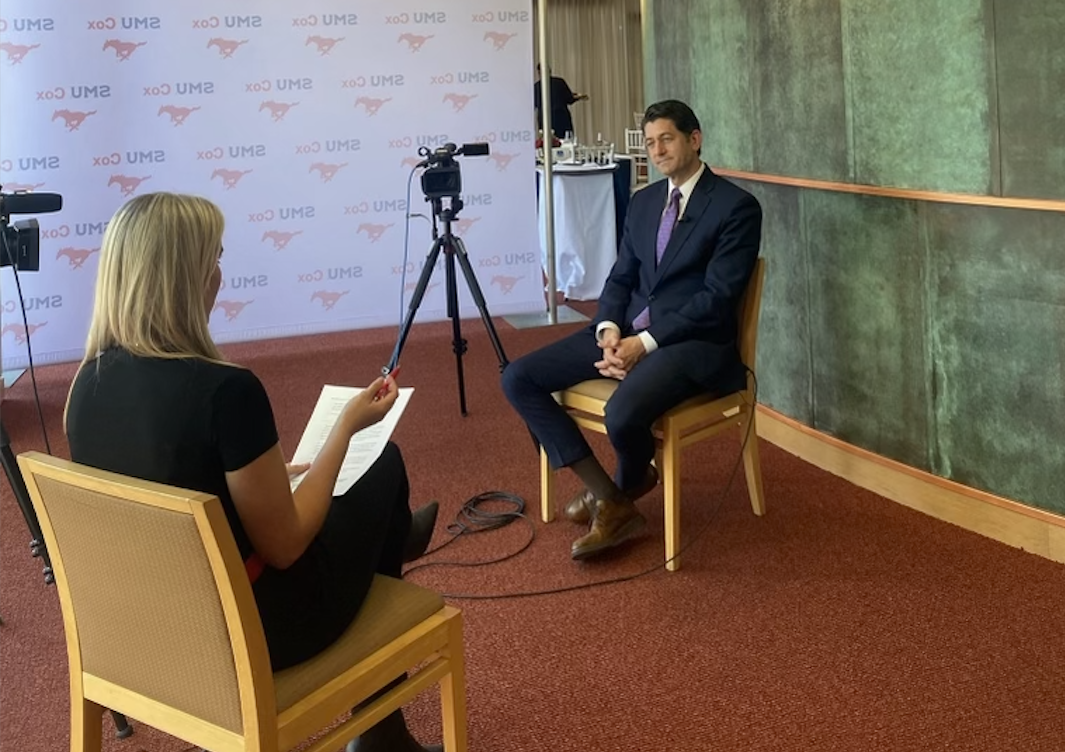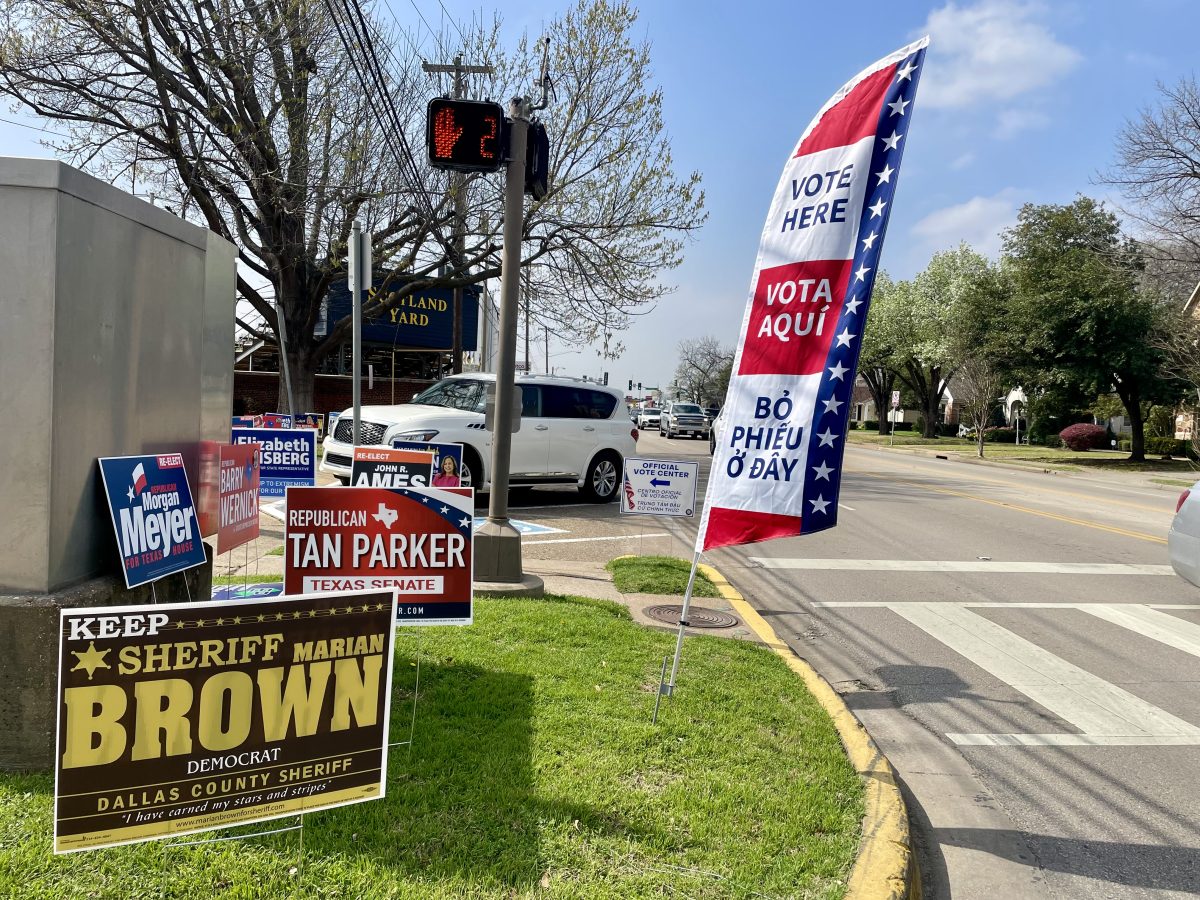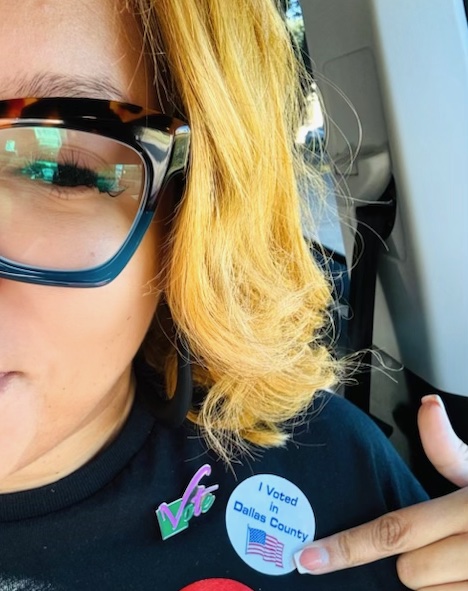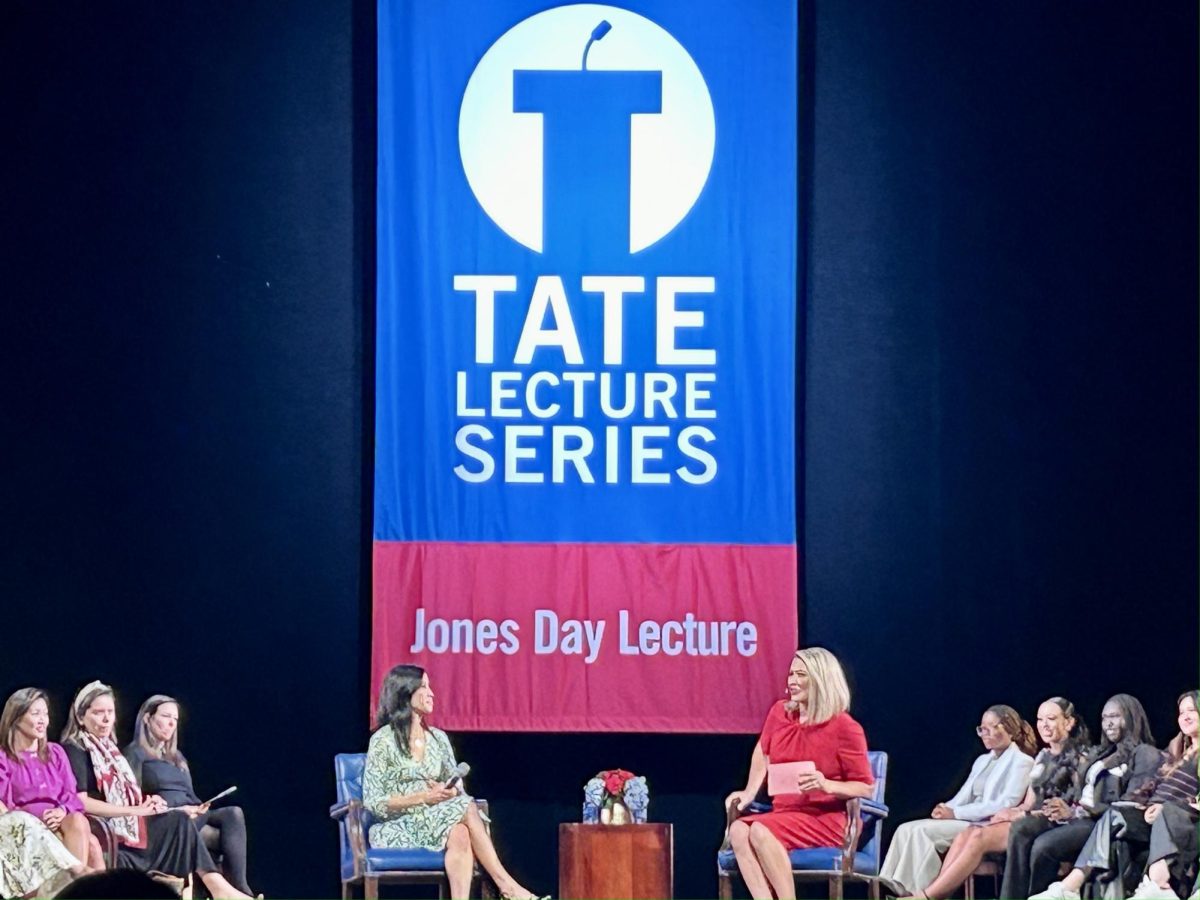Polarized parties could perhaps be the greatest contributor to inefficiency in Washington. The public’s tendency to click on articles reflecting their personal bias fuels this polarized system. Americans tend to point fingers at elected officials in Washington for not compromising with leaders of the opposing party. But are citizens also to blame?
The Pew Research Center has done extensive research exploring a correlation between political polarization and American’s online behavior. Sites frequently visited for news reveal much about where someone lies on the political spectrum. It’s easy to blame the media for only presenting biased news. Yet, the media industry technically lays a solid spread on the table from which Americans can pick and choose. The biased media outlets actually take the lead in ratings and profits. Americans appear to have an economic preference for like-minded news. Consequently, biased media sources gain more attention and subscribers.
Sitting centerfold is often seen as the non-risky, politically correct spot to be. But in this digital age, the center may be the riskier move for media profitability.
A one-sided, stubborn attitude is becoming characteristic of an “American identity”. We pick a side and run with it. Politics provide the perfect platform for an ideologically stubborn identity to thrive — and to destroy any hope of compromise while doing so. It comes as no surprise that diplomatic compromise seems almost out of the picture in America’s two-party system.
Could people’s decisions to frequent the same papers and networks actually be contributing to the inefficiency in Washington? Research supports this scary, yet highly possible connection.
Political polarization is linked to people’s information environment — especially their news sources and social media accounts. News outlets that lean to one side are simply more profitable in this day and age. Variance occurs in regard to their trust rating.
For example, conservatives only showed 14 percent trust in left-leaning sources like CNN but showed 88 percent in the conservative giant Fox. With an increasing gap between ideological preferences, each side looks to the other as an enemy. CNN and Fox News had a high trust rating overall, representing the centrist majority in America – often overshadowed by polarized politicians and biased news consumers.
Tony Dokoupil of NBC news told The Week in an interview a few years ago that “at the center of national sentiment there’s no longer a chasm but a common ground where a diverse and growing majority — 51 percent — is bound by a surprising set of shared ideas.”
Four years have passed since Dokoupil’s statement. So, why does America find itself more polarized than ever? Technological development is keeping pace with the quickly growing political divide. Access to hundreds of news articles, social media, the blogosphere, etc. at the click of a button presents Americans with a choice: either absorb information from sites that prop up their preconceived beliefs, or explore the other side.
Developments in this digital age should educate opposing views through a new information environment. A politically educated public is possible. Americans’ hesitation to want oneness and sameness is evident in the public’s struggle to work together in a respectful and positive environment. Our leaders are not leading by example. A continued lack of diplomacy in our politics could lead to a more divided, less efficient America.
However, the rise of the digital age presents a new argument in favor of the congressman. Congresspeople have credible reasons to point back at the American public in blaming the political divide. Consumers should attempt a cognitive effort to consume news from both sides of the political spectrum. The party divide will only grow if citizens do not take responsibility for hearing both sides of each political argument before forming a concrete opinion.
Who knows? Maybe America’s political leaders will take a hint from the public.






